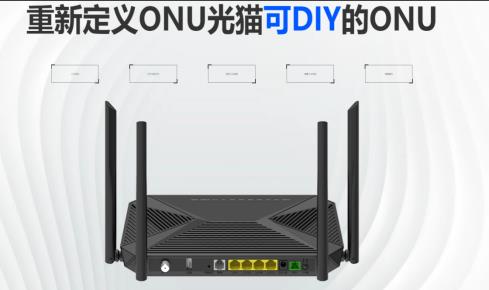Binary Digital Modulation
The basic modes of binary digital modulation are: Binary amplitude keying (2ASK)—amplitude change of the carrier signal; Binary frequency shift keying (2FSK)—frequency change of the carrier signal; Binary phase shift keying (2PSK)—phase change of the carrier signal. Differential phase shift keying (DPSK) was made because the phase of the 2PSK system was uncertain.
2ASK and 2PSK both need twice as much bandwidth as the symbol rate, while 2FSK needs more bandwidth than 2ASK and 2PSK.
The bit error rate of various binary digital modulation systems depends on the input signal-to-noise ratio r of the demodulator. In terms of anti-additive Gaussian white noise, coherent 2PSK has the best performance, followed by 2FSK, and 2ASK is the worst.
Ask is one of the earliest basic modulation methods. Its pros are that it uses a high-frequency band and has simple equipment. Its cons are that it doesn’t work well against noise and is sensitive to changes in channel characteristics, which makes it hard to get the sampling decider to work in the best decision threshold state.
FSK is an indispensable modulation method in digital communication. Its advantage is that it has a strong anti-interference ability and is not affected by the change of channel parameters, so FSK is particularly suitable for fading channels; The disadvantage is that the occupied band is wide, especially for mf-sk, and the band utilization is low. At present, the FM system is mainly used for medium and low-speed data transmission.
PSK or DPSK is a modulation method with high transmission efficiency. Its anti-noise ability is stronger than that of ASK and FSK, and it is not easily affected by the change of channel characteristics. Therefore, it has been widely used in high and medium-speed data transmission. Absolute phase shift (PSK) has the problem of carrier phase ambiguity in coherent demodulation, which is seldom used in direct transmission in practice. MDPSK is more widely used.
The above is the article “Binary digital modulation,” brought to you by Shenzhen HDV photoelectric Technology Co., Ltd. The communication products produced by the company cover:
Module categories: optical fiber modules, Ethernet modules, optical fiber transceiver modules, optical fiber access modules, SSFP optical modules, and SFP optical fibers, etc.
ONU category: EPON ONU, AC ONU, optical fiber ONU, CATV ONU, GPON ONU, XPON ONU, etc.
OLT class: OLT switch, GPON OLT, EPON OLT, communication OLT, etc.
The above module products can provide support for different network scenarios. A professional and strong R&D team can help customers with technical issues, and a thoughtful and professional business team can help customers get high-quality services during pre-consultation and post-production work. Welcome you to contact us for any kind of inquiry.
